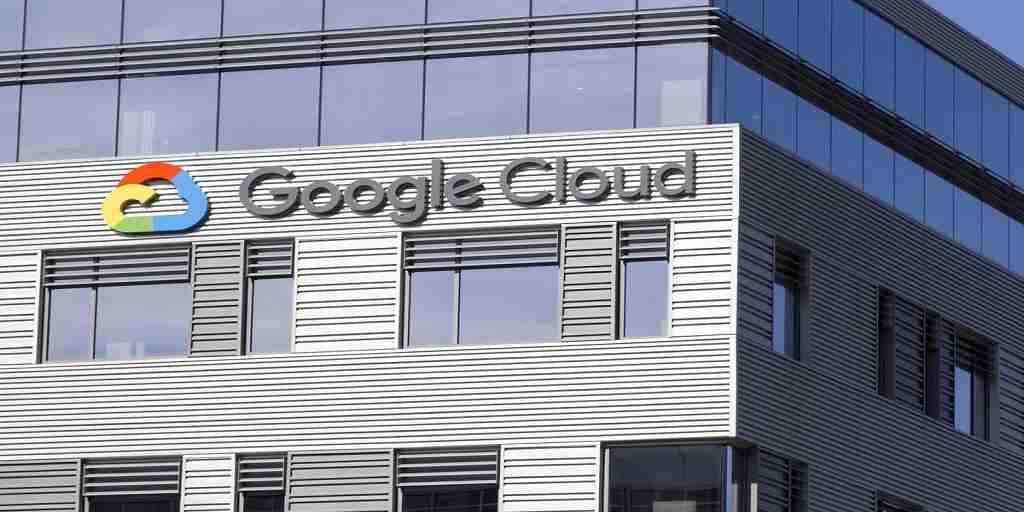

They both have a number of integrations with other services, such as allowing a serverless function to be a subscriber and to act on messages being published to the queue. They are essentially distributed queues with at-least-once delivery semantics supporting multiple publishers and multiple subscribers. The features of Kinesis and Pub/Sub are very similar. It has to scale, and it has to Just Work™. It can be used for anything from data ingestion to event handling and synchronization between subcomponents. Pub/sub messaging is a critical requirement for many distributed, loosely coupled systems. The number of active questions on Stack Overflow shows a similar gap:Īdvantage: AWS AWS Kinesis vs. We looked at group membership and number of scheduled meetups for the two platforms on to get a quick read on relative community engagement: While GCP has some large customers like SnapChat and Pokemon Go, AWS clearly has a larger developer community. A couple people on the team had varying degrees of experience with GCP. Most of the team had significant prior experience with AWS. Next, we decided to look at what differentiated some of these services as well as some non-technical factors that we couldn’t ignore.
GOOGLE CLOUD MONEY MAKING FULL
It’s clear that both AWS and GCP had the full set of services that we needed, and we felt that we could deploy our software to either platform without resorting to any ugly workarounds. These are the services we might use in each cloud to build mabl: Service Type Given all the services we thought we would want we were able to quickly narrow down the list of candidates to AWS and GCP.

Framework for ETL and stream-based event processing.Hosting for static UI assets: JavaScript, CSS, images.Platform for executing tests, preferably container-based.Auto-scaling platform for HTTP REST APIs.These are the services and features that we would most likely need based on our product requirements and high-level architecture: The first step in our process was to define our cloud requirements. I’m sure I’ve missed a few! There are so many platforms available today that we felt obligated to set aside our preconceptions, forget what everybody else was doing, and make an objective decision about what platform was the best fit for our needs. Our options today look something like this: With that change we’ve also seen a huge increase in the cloud options available to us. In only about 10 years we’ve seen the role of the cloud platform change from an interesting niche service the dominant deployment model for a large segment of software companies. Rent bare metal servers on a monthly or yearly basis.Build out your own datacenter (or rent space from a collocation facility), and buy your own hardware.Back then AWS was not the 70+ service juggernaut it is today, the cloud had not yet entered into the common lexicon, and running your software on cloud-based infrastructure was by no means the obvious choice. To put that into perspective, 2008 was the same year that AWS EC2 went GA. The last time I participated in this exercise was in 2008. Of the three, the third question has probably seen the most rapid change over the past 10 years. The first two topics are blog posts for another day. What languages, processes, and development tools should we use?.What should the high-level architecture look like?.A little perspectiveĪs a new software company, we faced many questions as we were familiarizing ourselves with the problem domain and developing our product concept: Included in this blog are detailed comparisons of specific GCP and AWS products including serverless compute, databases, analytics engines, as well as machine learning services. In this blog post, I’ll describe some of the factors that went into that decision. After a thorough and objective evaluation of both providers we decided unanimously to build on GCP. We spent several weeks researching both and building prototypes to familiarize ourselves with features that we had not used before. Based on an initial set of requirements, we were able to narrow the list of candidates to just AWS and Google Cloud Platform (GCP). While we were most familiar with Amazon Web Services (AWS), we decided to invest some time exploring all of the options available to us. As product development was beginning at mabl in early 2017, we had to decide which cloud provider to use.


 0 kommentar(er)
0 kommentar(er)
